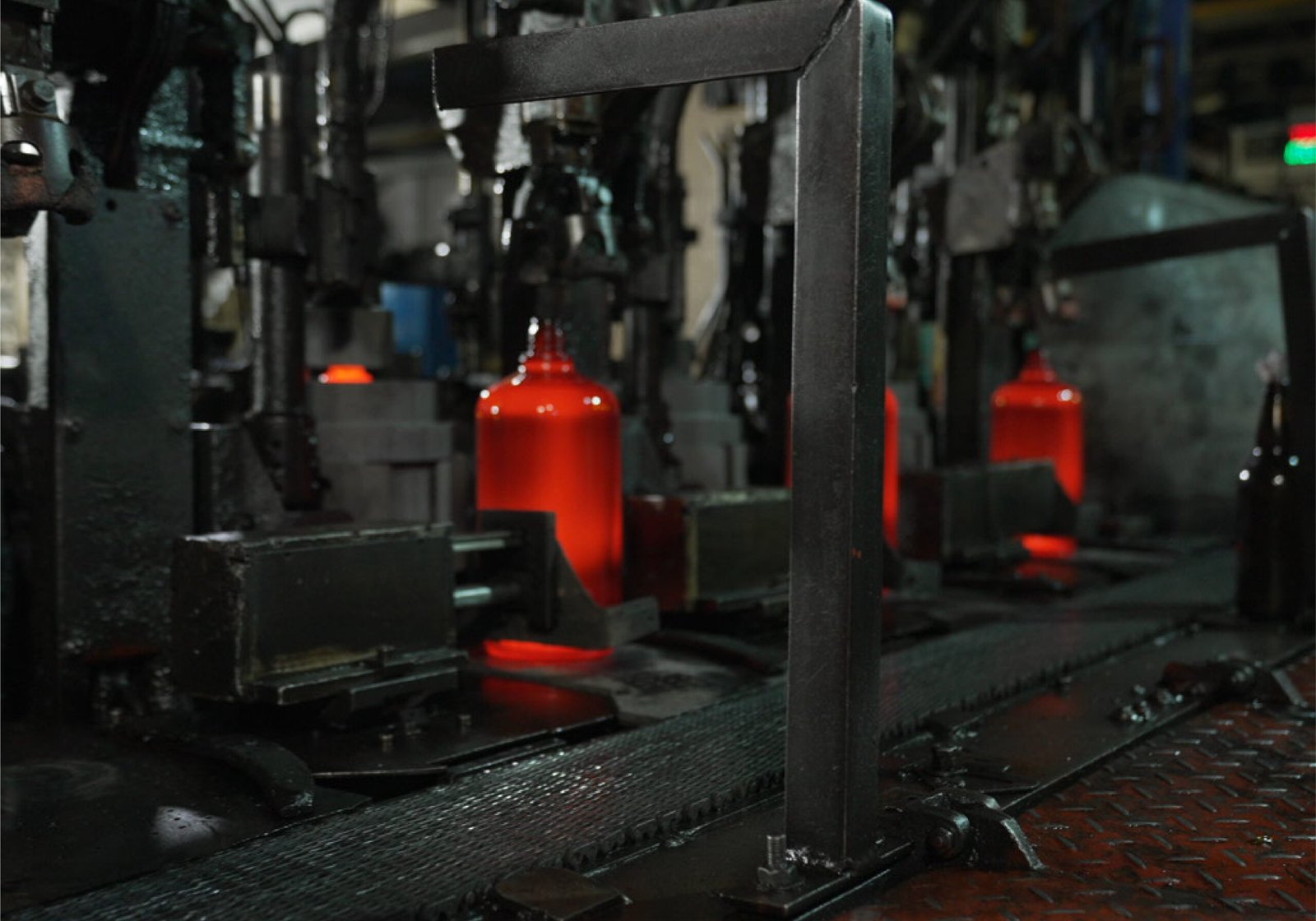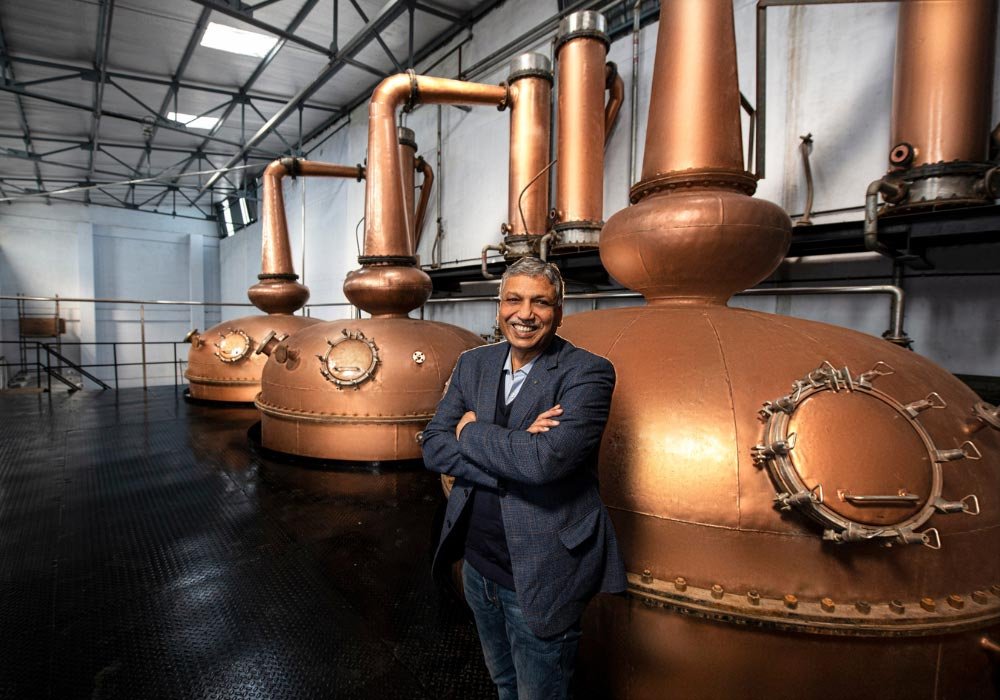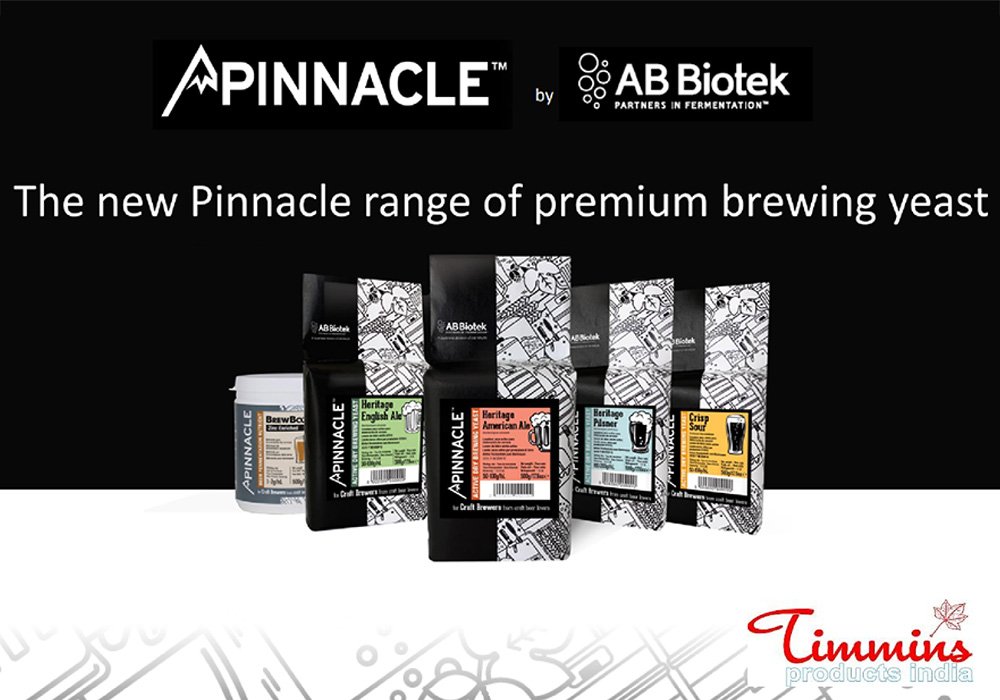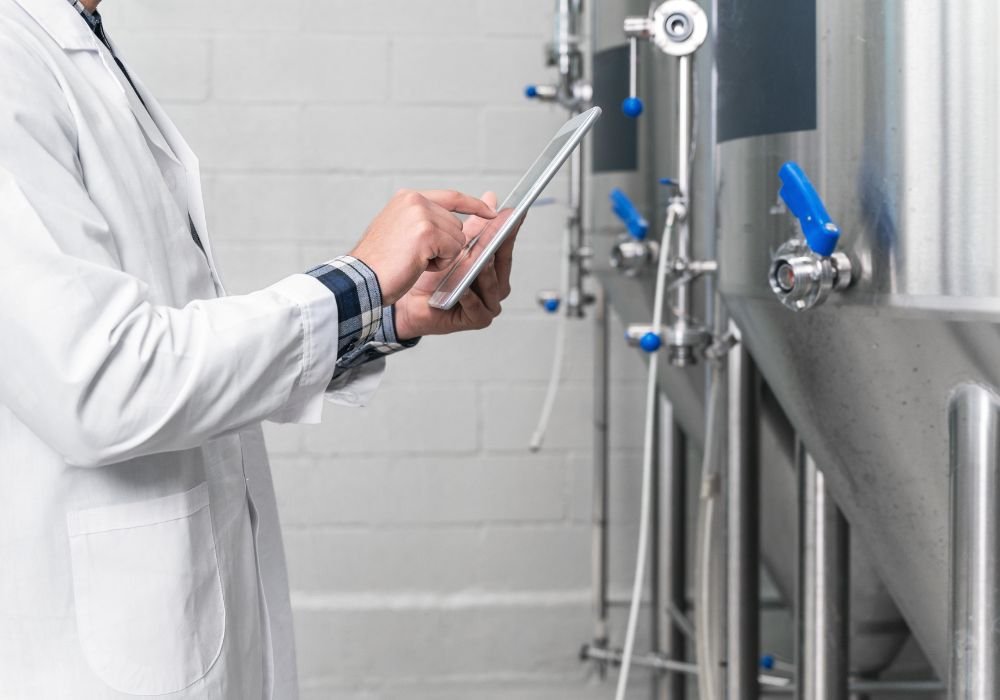
The role of yeast has always been fascinating in brewing beer. Yeast is responsible for the fermentation process in beer. It’s a single-celled microorganism which eats up certain sugars such as maltose, glucose, fructose, sucrose, maltotriose and dextrin. As a result, these sugars are converted into carbon dioxide, ethyl alcohol and other fermentation by-products.
In the ancient times, brewers had no knowledge of yeast and the role it played in fermentation. Most of the brewers had been using the same fermentation vessels or wooden vats where it had retained the yeast culture from the previous batches. Some of the regions have been fermenting beers out in the wild where the wort is exposed to the air to attract wild yeast and bacteria.
Types of yeast strains
Over a period of time, several yeast strains have been discovered and isolated. Yeast strains, in general, are classified into ale and lager. It is determined by their fermentation type, temperature and other characteristics.
Ale Yeast
Scientifically known as Saccharomyces cerevisiae, is top-fermenting and prefers to ferment in warmer temperatures such as 16-22°C. However, few ale yeasts such as Kveik (Norwegian yeast strain) can ferment way warmer, up to 43°C. Warm fermentation temperatures result in more esters which are often perceived as fruity. Colder temperatures would result in more phenol production, which can be related to spice like character.
Lager Yeast
Saccharomyces pastorianus or a lager yeast, ferments colder than ale, ranging between the temperatures 5-11°C and is a bottom-fermenting yeast. Fermentation compounds are much lower due to the colder temperatures. Post fermentation, beers are lagered to condition, which helps yeast to absorb any fermentation derived flavours and produce much cleaner, crisp and clear-looking beers.
Wild Yeast and Bacteria
Wild fermentation is another way to ferment wort using wild microbes which are present in the air. This is a traditional fermentation method which dates back centuries. Brettanomyces is a wild yeast which produces funky, leathery, horse blanket-like notes. Lactobacillus and Pediococcus are types of bacteria which add acidic or vinegar like sourness to a beer.

Lambics are a classic example for wild fermentation where the sweet wort is transferred to cool ships and left open overnight to attract wild yeast and bacteria. These microbes are only found in a specific region surrounding Brussels. The spontaneous fermentation of a Lambic begins with an attack by a bacteria called enterobacter which metabolises glucose in the wort. After this, the majority of the fermentation is taken care by Saccharomyces and then the acidification takes place with the help of Pediococcus and Lactobacillus. Brettanomyces yeast become prevalent after a few months and start metabolising the leftover complex sugars.
When yeast finish the fermentation process, they slow down their activity, clump together and drop out to the bottom of the fermenting vessel. This is known as flocculation. Yeast flocculation is categorised into high, medium or low. Ale yeast typically fall into all of these categories. For instance, English Ale yeast strain is highly flocculant, American ale is medium flocculant and wild yeast would be low flocculant. Lager yeast are medium flocculants and require additional conditioning time to drop out the yeast in suspension.
Different yeast strains play different roles in crafting some of the classic beer styles. Complex fruit and spice character of Belgian yeast plays an essential role in Dubbel, Tripel, Saison and Witbier. Clean fermentation to highlight malt character is important in lagers such as Helles, Festbiers and Märzens. Bacteria such as Lactobacillus and Pediococcus are essential for styles such as Berliner Weisse, Lambic, Gose and Flanders Red Ale to produce crisp acidic sourness.













